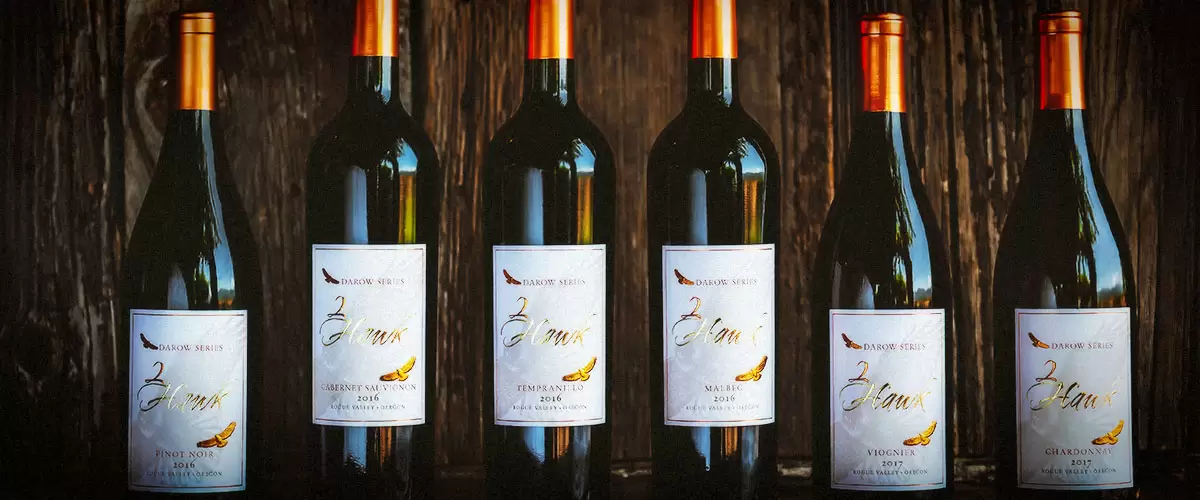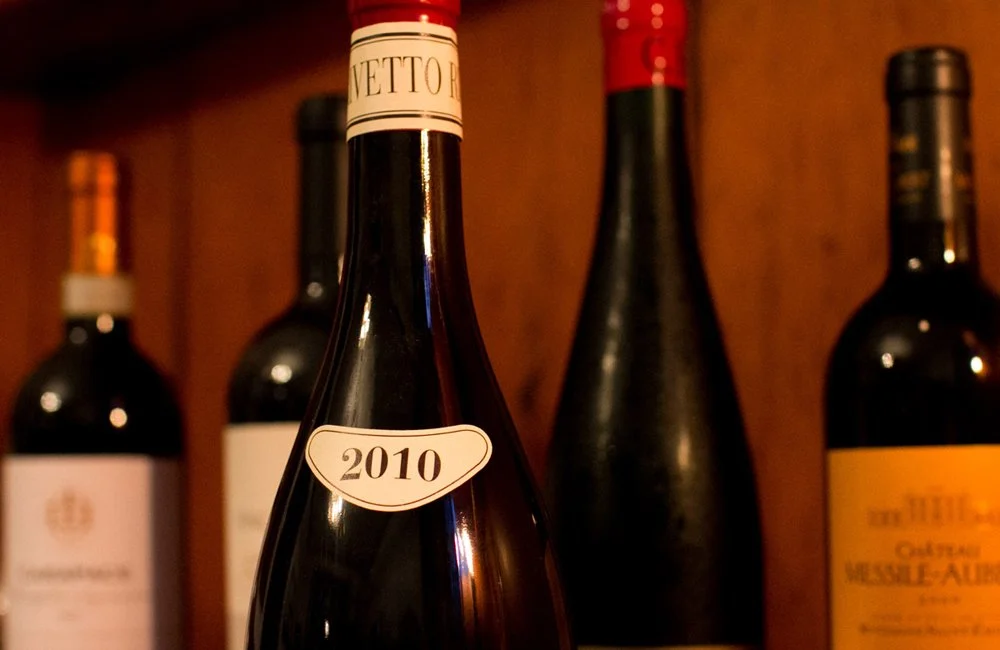Wine collecting has evolved from a passionate hobby into a sophisticated investment strategy, with fine wines delivering impressive returns that often outpace traditional assets. The fine wine market has demonstrated remarkable resilience, with benchmark indices showing average annual growth of 8-10% over the past decade. Understanding which vintage wines will appreciate in value requires knowledge of specific market dynamics, quality indicators, and investment fundamentals that separate profitable bottles from cellar decorations.
The allure of wine investment lies in its unique combination of tangible assets, cultural significance, and proven track record. Unlike stocks or bonds, wine represents a physical commodity that can be enjoyed while potentially generating substantial returns. However, success in wine investment demands careful analysis of multiple factors that influence a bottle’s future value.
Key Factors That Drive Wine Value Appreciation
Producer Reputation and Track Record
Established producers with long histories in prestigious regions form the foundation of collectible wine investments. Wines from renowned estates like Château Lafite, Château Margaux in Bordeaux, and Domaine de la Romanée-Conti in Burgundy consistently demonstrate value appreciation due to their proven track records. These producers have built decades of reputation, creating demand that typically exceeds supply for their finest vintages.
Vintage Quality and Weather Conditions
Exceptional vintage years create legendary wines that command premium prices. Red Bordeaux wines from 2005, 2009, and 2010, along with Burgundy wines from 2005, 2009, and 2012, represent standout vintages worth collecting. These years produced wines with exceptional aging potential and consistently high quality across multiple producers, making them safer investment choices.
Critical Ratings and Scores
Professional wine ratings significantly influence market value, with scores from critics like Robert Parker or Wine Spectator serving as quality benchmarks. Wines scoring 90 points or above generally indicate superior quality and collectibility potential. A perfect 100-point score can transform a wine into a legendary investment, as demonstrated by Sassicaia 1985, which became the first Italian wine to receive Parker’s perfect rating and now commands around £3,000 per bottle.
Regional Investment Opportunities

Bordeaux: The Blue-Chip Foundation
Bordeaux First Growths remain cornerstone investments, with prices appreciating 80-100% over the past decade. These wines benefit from established auction markets, global recognition, and consistent demand from collectors worldwide. The region’s classification system provides clear quality hierarchies that guide investment decisions.
Burgundy: The High-Growth Sector
Burgundy wines have delivered exceptional returns, with some vintages appreciating over 200% in just ten years. The region’s limited production and fragmented vineyard ownership create natural scarcity that drives prices higher. Top domaines like DRC, Leroy, and Armand Rousseau represent the pinnacle of Burgundy investment opportunities.
Emerging Regions: Calculated Risks
Wines from Napa Valley, Tuscany, and Champagne offer diversification opportunities. Screaming Eagle from Napa Valley and Sassicaia from Tuscany have proven their investment credentials, while prestigious Champagne houses like Dom Pérignon and Krug provide consistent performance.
Storage and Provenance Considerations
Proper storage conditions are crucial for maintaining wine value, requiring temperature control between 55-59°F, humidity levels of 70-80%, and minimal light exposure. Professional bonded warehouse storage offers additional benefits, keeping wines duty-free until physical delivery and providing documented provenance that auction houses require.
Wine provenance – the documented history of ownership and storage – significantly impacts value. Wines with impeccable storage histories command premium prices at auction, while bottles with questionable provenance face value discounts.
Market Timing and Portfolio Strategy
Successful wine investment requires understanding market cycles and building diversified portfolios. The transition from time-based appreciation to luxury asset status occurs when wines achieve cultural significance and scarcity. Identifying this transition point can mean the difference between steady 7% annual returns and explosive 30% growth rates.
Building a balanced portfolio involves mixing established blue-chip wines with carefully selected emerging opportunities, spreading risk across regions, vintages, and producers while maintaining focus on quality and proven track records.


